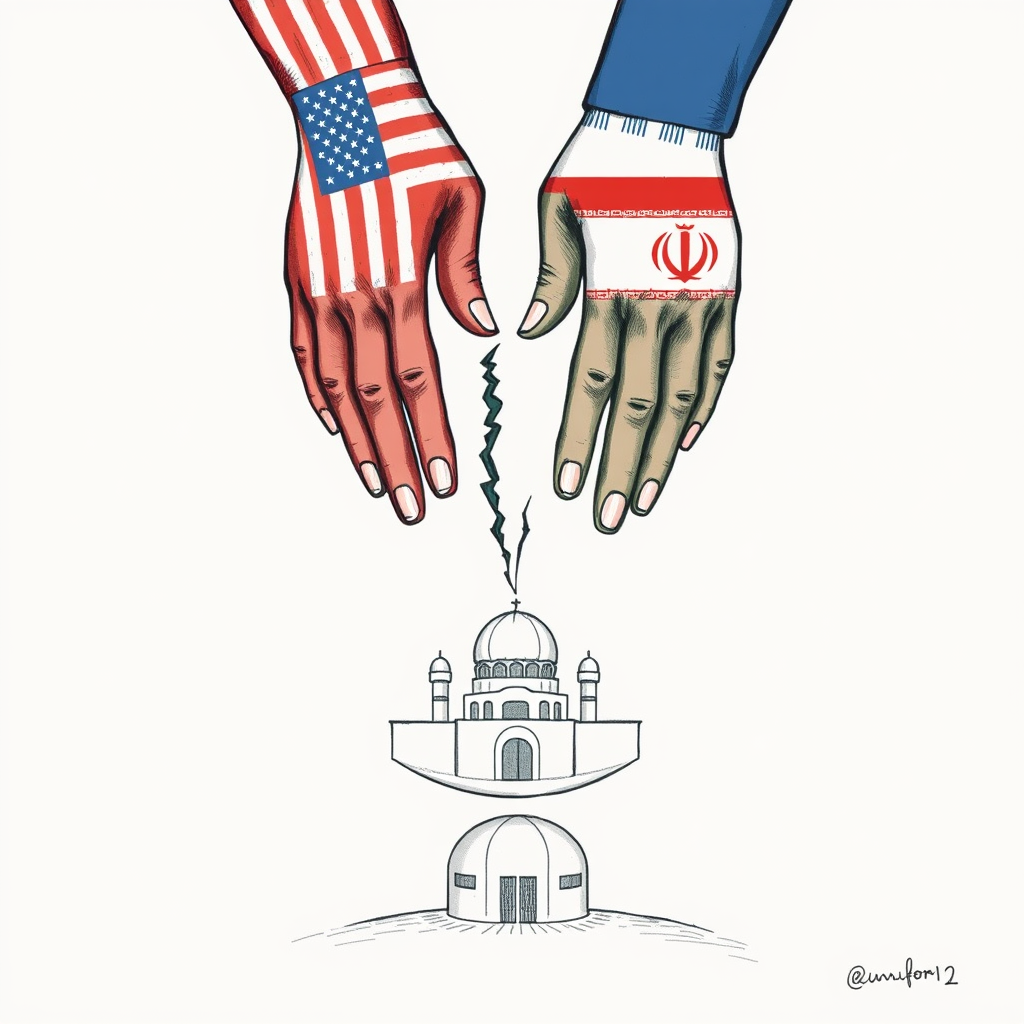Iran-US Nuclear Talks Resume Amid Rising Tensions

High-stakes nuclear negotiations between the United States and Iran resumed in Oman on Saturday, marking the third round of talks in as many weeks. US Special Envoy Steve Witkoff and Iranian Foreign Minister Abbas Araghchi are leading the discussions, which have now progressed to include technical-level meetings between experts from both sides. The core aim remains a new agreement to prevent Iran from developing nuclear weapons – a pursuit Tehran consistently denies – in exchange for relief from crippling economic sanctions.
These talks represent a significant, though fragile, attempt to revive diplomacy after former US President Donald Trump’s withdrawal from the landmark 2015 nuclear deal during his first term. Trump’s decision led to the reimposition of sanctions and a period of escalating tensions. While President Trump has threatened military action if negotiations fail, he has also expressed a preference for a diplomatic resolution.
Araghchi has cautiously welcomed the renewed dialogue, stating that a deal is achievable if the US focuses solely on preventing Iran from acquiring nuclear weapons. However, he warned that “impractical or illogical demands” from Washington could derail the process. The Iranian delegation is led by Deputy Foreign Ministers Kazem Gharibabadi and Majid Takht-Ravanchi, while the US expert-level team is headed by Michael Anton, the State Department’s head of policy planning.
Notably, Iran has stated that its defense capabilities and missile program are not on the table for discussion. This is a crucial point, as these issues were reportedly major sticking points in previous negotiations.
The talks are being mediated by Omani Foreign Minister Badr Albusaidi, and initial reports suggest the possibility of extending the discussions beyond the scheduled one day, given the technical complexities involved.
The resumption of high-level engagement is a positive development, but significant hurdles remain. The US continues to demand stricter limitations on Iran’s nuclear program, while Iran insists on its right to enrich uranium for peaceful purposes. The current enrichment level of 60 percent, while still below weapons-grade, is a major concern for Western nations.
Adding to the complexity, the 2015 agreement’s “snapback” mechanism – which could automatically reinstate UN sanctions – is set to expire in October. This creates a sense of urgency, as Iran has warned it could withdraw from the Nuclear Non-Proliferation Treaty if the mechanism is triggered.
The situation is further complicated by concerns over Iran’s recent construction activities near its Natanz nuclear site, which UN nuclear watchdog chief Rafael Grossi has demanded clarification on.
Ultimately, the success of these negotiations hinges on both sides demonstrating a willingness to compromise and address each other’s concerns. While the path forward remains uncertain, the resumption of dialogue offers a glimmer of hope for a peaceful resolution to this long-standing issue. It’s a delicate balancing act, requiring careful diplomacy and a commitment to de-escalation. The world is watching closely, hoping that these talks can prevent a further deterioration of the situation and pave the way for a more stable and secure future.